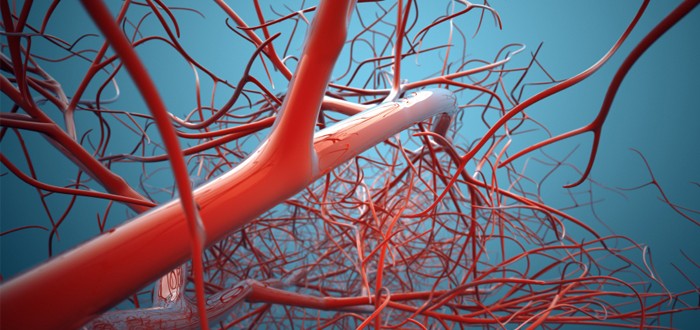Discovery of a gene that helps mesothelioma take delivery of nourishing blood could open the door to a new type of mesothelioma treatment.
The find was made by researchers at the University of Leeds in the United Kingdom. It was reported in the journal Nature.
Specifically, discovery of the gene answers many questions scientists have long had about how both cancerous and healthy cells are able to form blood vessels.
Blood vessels are sort of like the pipes that connect houses to an underground water main. They allow needed nutrients to be carried directly into the cells from nearby blood streams.
Researchers were excited to find the gene because they believe it could someday lead to new therapies for many types of disease.
But of particular interest is how the discovery of the gene they’ve labeled Piezo1 can be used to attack cancer. One possible way would be to suppress Piezo1.
Doing so could cause cancers like mesothelioma to stop making blood vessels. If the cancer cells can’t make blood vessels, they can’t receive nutrients.
No nutrients, no cancer-cell functioning. No cancer-cell functioning, no cancer.
Mesothelioma Cells Feed on Blood
The researchers observed that blood vessels develop only after blood is flowing nearby. That might strike you as an example of putting the cart in front of the horse.
But David Beech, a professor at the University of Leeds’ School of Medicine, explained that blood vessels develop in a way similar to how a river forms on the earth’s surface.
A river starts out as rainfall that flows downhill, first in a brook, then in a stream, then in a larger stream of two smaller ones that join together as they flow toward the sea.
The combined flow joins with more streams along the way, cutting a pathway for itself across the land. Eventually, you end up with a channel wide and deep enough for ships to navigate up and down.
“Blood vessel networks are not already pre-constructed but emerge rather like a river system,” said Beech. “Blood vessels are created in response to the amount of flow.”
Piezo1 Could Lead to a New Mesothelioma Treatment
The Piezo1 gene operates by alerting cells to the fact that blood is flowing past them. It gives them the go-ahead to start constructing blood vessels.
“The gene gives instructions to a protein which forms channels that open in response to mechanical strain from blood flow,” Beech said.
This lets electric microcharges penetrate the cells. The penetration by those very small charges causes changes within the cells. The changes result in production of new vessels.
According to Leeds University, Beech and his colleagues are next going to focus on studying Piezo1 and its effects on cancer cells.
Beech acknowledged that his team is at the stage of study where they are in effect staring at a blank canvas. That means they could discover quite a few surprises as they explore the potential of Piezo1 as a tumor treatment.
“We are in the early stages of this research, but these findings are promising,” he said.


